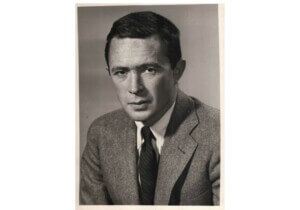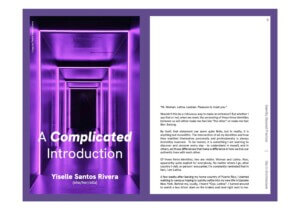With the end of the decade on the horizon, AN has once again rounded up the best new releases for holiday reading. This list has something for everyone on your list, whether they want to dive back into Michelangelo’s renaissance work, learn the ins-and-outs of socialist architecture, or explore the world’s contemporary architectural biennials. While it’s too late for holiday shopping, that doesn’t mean you can’t pick up something for the New Year’s break.
Note: AN may receive a commission for items purchased through the following affiliate links.
Biennials/Triennials: Conversations on the Geography of Itinerant Display
Léa-Catherine Szacka
Columbia Books on Architecture and the City
MSRP: $17.99
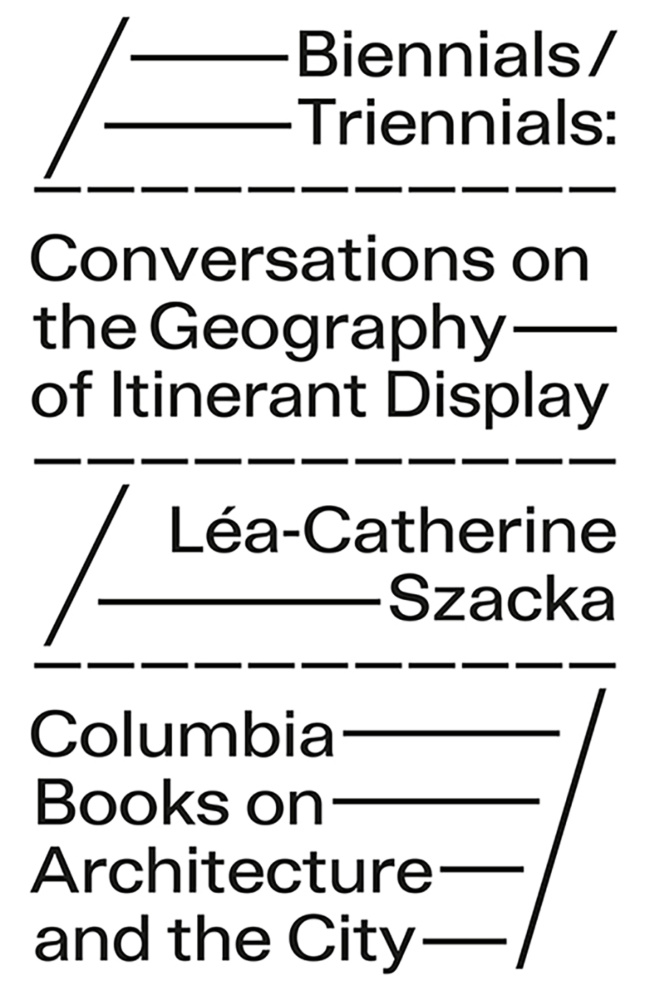
Recent decades have brought about an onslaught of –ennials (or -iennales), indicating both the growing importance in exhibition design for architects as well as increased capital and spectator entertainment value; architecture for show, but also a “taking the temperature” of the current climate. This little book colleccts conversations between the author and dozens of biennial and triennial curators, as they discuss the showpiece of our contemporary moment in context.
Structured Lineages: Learning from Japanese Structural Design
Edited by Guy Nordenson
MoMA
MSRP: $39.57
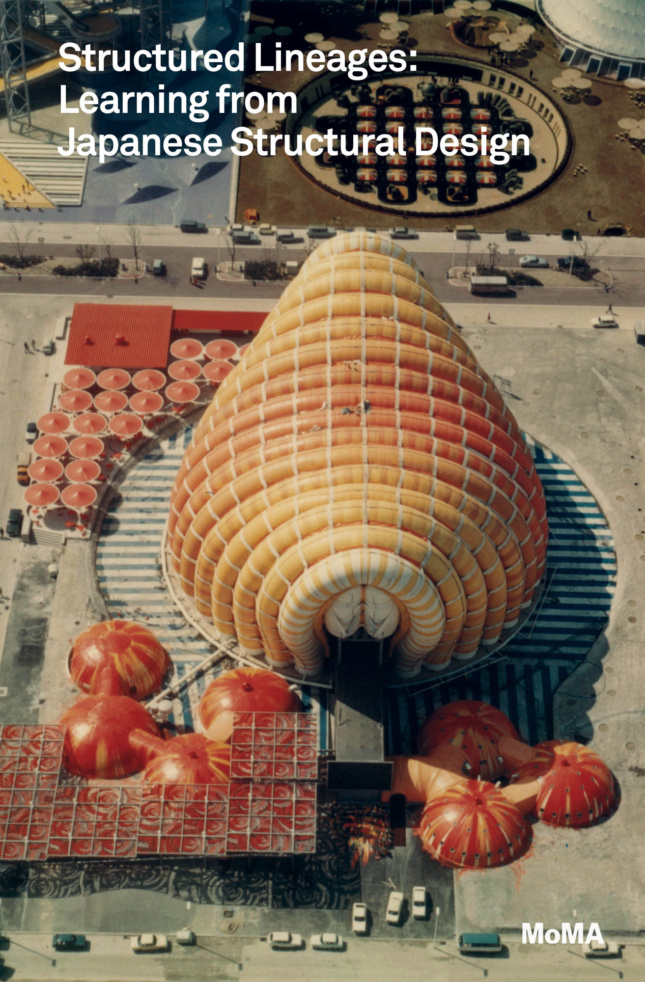
This collection of 10 seminal essays outlines the contributions of Japanese post-war architect-engineer collaborations that led to some of the country’s most iconic buildings. Japanese domes, bubbles, and sweeping forms fascinated architects and designers worldwide and led to an unprecedented non-linear chapter in architectural history.
The essays, and their generous accompanying images and archival materials, show how the ideas and concepts of these collaborations were passed down seamlessly over several generations, and in some ways, how they still persists as a scientific feat in design imagination today.
Architecture in Global Socialism: Eastern Europe, West Africa, and the Middle East in the Cold War
By Łukasz Stanek
Princeton University Press
MSRP: $60.00
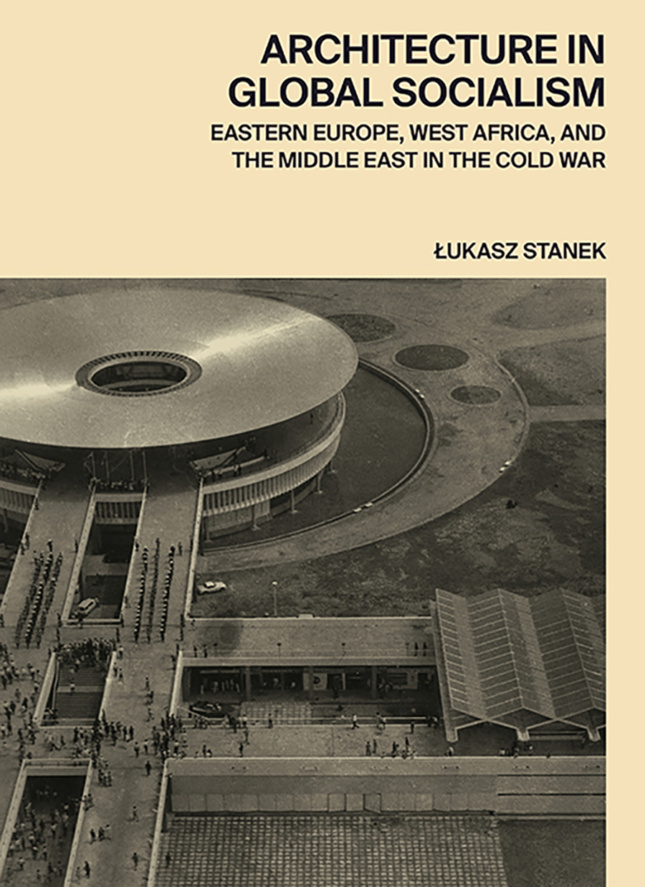
Political regimes have used architecture as a way of transmitting power, legacy, and permanence throughout all of history, and the socialist movements of the mid and late 20th century were no different. Throughout the Cold War years, architects and planners from socialist Eastern Europe worked closely with those in regions such as West Africa and the Middle East, resulting in a substantial reshaping of the great cities of Accra, Lagos and Abu Dhabi, among others.
This text-heavy book brings this story of cross-continent collaboration to life with previously unpublished images and original archival research, revisiting the connective powers, as well as lessons through longevity, of architecture.
A Moving Border: Alpine Cartographies of Climate Change
By Marco Ferrari, Elisa Pasqual, and Andrea Bagnato
Columbia Books on Architecture and the City
MSRP: $25.52
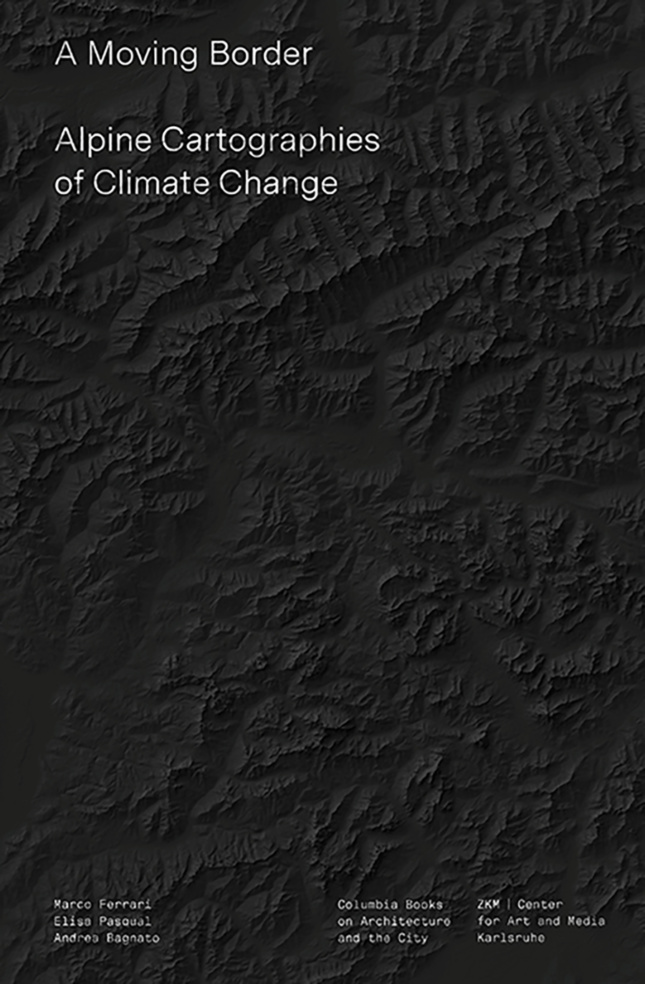
A moving border is not a border at all—movement becomes negotiable, and the ebb and flow of human fabrication and implication are thrown out of balance. This is a phenomenon observed by ZKM researchers, who have dispatched equipment along the mountainous border between Italy and Austria, the ridge that forms the disparate water flows towards either Northern or Southern Europe. Their findings and cartographic visual language remind the reader that borders and the human political mind are in flux and impermanent, but that our actions towards melting glaciers and climate change are not: in fact, they’re reflected as hiccups in the very borders we try so hard to maintain. As glaciers melt, rivers flood, and borders shift, the environment is literally reshaping political boundaries.
The Shenzhen Experiment: The Story of China’s Instant City
Juan Du
Harvard University Press
MSRP: $35.00

The “instant city” concept of Chinese mega-development is crystallized in the success of Shenzhen, a government-planned city that seemingly sprouted from the ground. Recognized for its role as an international technology center, economic powerhouse, and mega-city population of over 20 million, Shenzhen also a bit of a mystery, as the same model has been applied to dozens of other “insta-city projects,” but none have approached Shenzhen’s overnight celebrity.
This book explores the blurry history of the city, beginning with its farmers and oyster fishermen. Tracing policymakers, government regulation, and that the concept of explosive overnight growth is desirable the world over, is an important story for architects and planners everywhere facing the excitement as well as perils of rapid urbanization and industrialization.
Michelangelo, God’s Architect: The Story of His Final Years and Greatest Masterpiece
By William E. Wallace
Princeton University Press
MSRP: $29.95
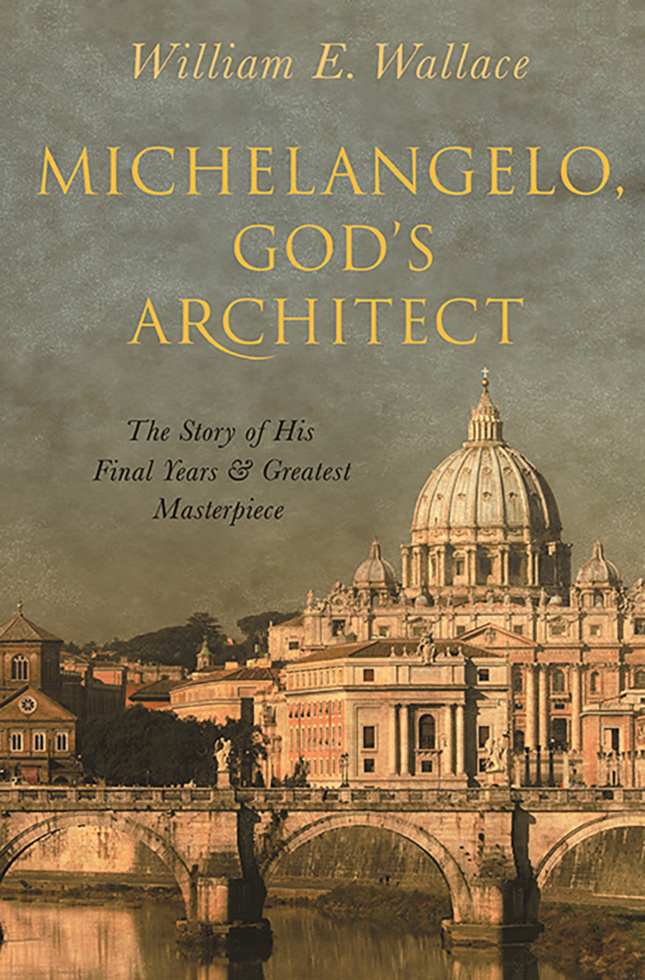
The last two decades of Michelangelo’s life were at first expected to be marked by failure and decline—the Renaissance artist even began to carve his own tomb. However, intervention via the Catholic Church landed Michelangelo with the master plan of St. Peter’s Basilica, a commission that would change his legacy, as well as the course of the Renaissance’s architectural history. A fresh look at a portion of the artist’s life that often goes overlooked, the narrative aspects bring to light many myths and very human struggles that the venerated figure overcame.
City on a Hill: Urban Idealism in America from the Puritans to the Present
By Alex Krieger
Harvard University Press
MSRP: $35.00
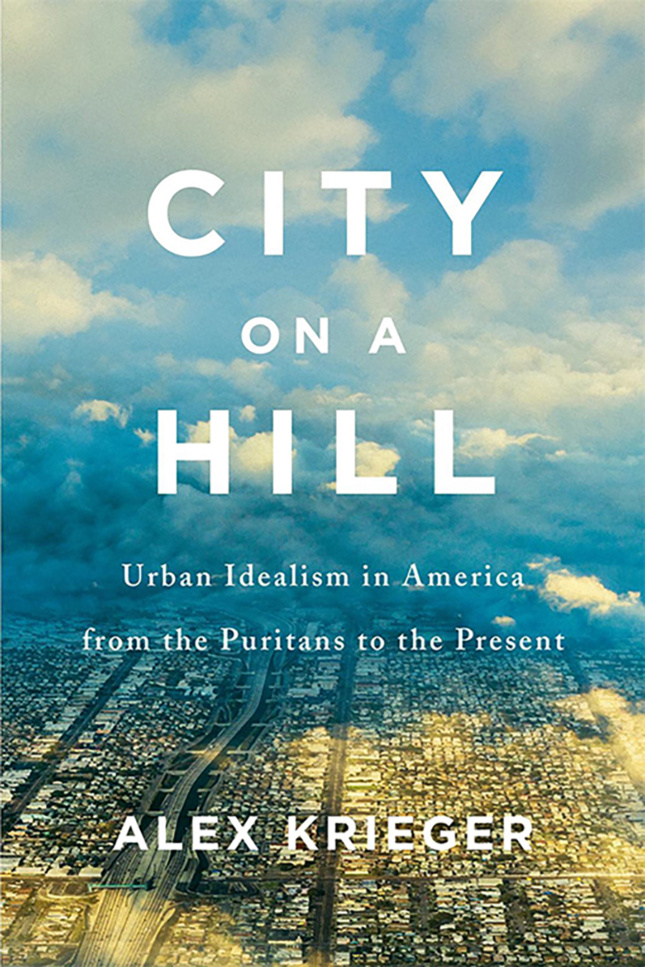
A critically deep dive into the visions of utopia that have shaped American development, City on a Hill outlines the idealisms underlying various urban design movements, starting with the first wave of pilgrims looking for a new start. Krieger honors the grand ideas that have moved America and its cities forward over the centuries but also underwrites with a critical eye the lessons that can be learned as we move forward towards contemporary ideals of sustainability and smart cities today.








